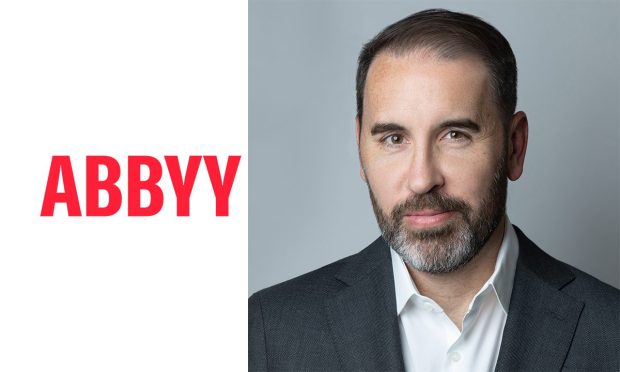Today’s CFO Needs to Understand Companies’ Hidden Costs

Manual processes in companies’ back-office operations have a lot of hidden costs, James Ritter, chief financial officer (CFO) at ABBYY, told PYMNTS. For example, if staff are working on processes that could be easily automated, they’re not focusing on things that would be of the most benefit to the company.
Ritter, who joined ABBYY as CFO Feb. 8, said the company has embraced automation and digitized solutions, found ways to remove bottlenecks across the organization and aims to help other companies do the same.
“As a CFO, you’re always trying to understand the [return on investment] and the risk that you have as an organization, how people are affected, the ability for your organization to scale,” Ritter said.
Manual Processes Causing Bottlenecks
Many firms have not yet reduced their hidden costs. For example, close to 70% of firms across all industries are still plagued by paper in their accounts payable (AP) processes, ABBYY has found.
“I think a lot of organizations thought that they had already embraced digitized solutions for a lot of their pain points,” Ritter said, “but what they’re realizing is that they might get the invoice digitally, but they still had a lot of manual processes afterwards that caused a lot of bottlenecks.”
At AABBY, everything is pretty much digital and there’s no need for any physical signing of checks. However, among the partners and vendors the company deals with, there are still many that have older processes in place, and AABBY sometimes must adhere to the practices they require.
“Hopefully we’re seeing that change as the industry moves forward,” Ritter said.
Rising Prices Increase the Need for Efficiency
As costs for everything from consumer goods to labor rise across the board, firms are seeing that inefficient processes are costing them even more than before.
“The time it takes to have that order-to-cash process work effectively, to process payments, is going to be even more critical for organizations as they face higher costs,” Ritter said. “They’re going to be looking for ways to find, ‘How are we getting the best return from our organization? How are we focusing people in the most efficient, effective way?’”
The pandemic and the switch to remote work, too, exposed gaps in companies that were not as digital as they thought they were. This has put a spotlight on automation companies.
“The intelligent automation space is growing significantly right now as a result of companies having a heightened awareness about these inefficiencies in their process,” Ritter said. “So, we’re in a very fortunate space just given the time of the market where we can provide those solutions to companies.”
